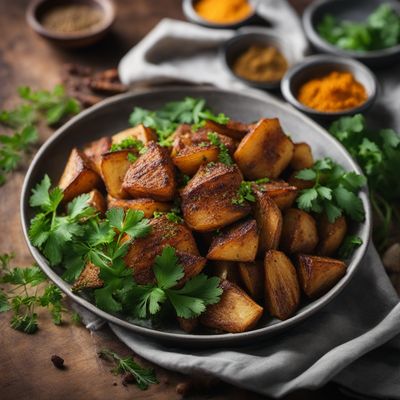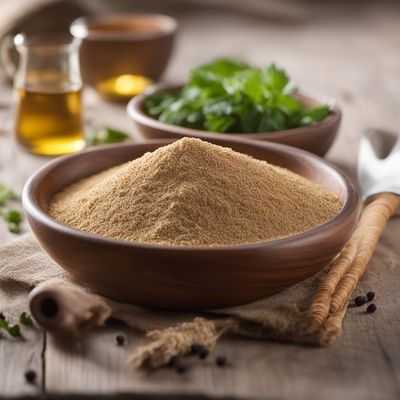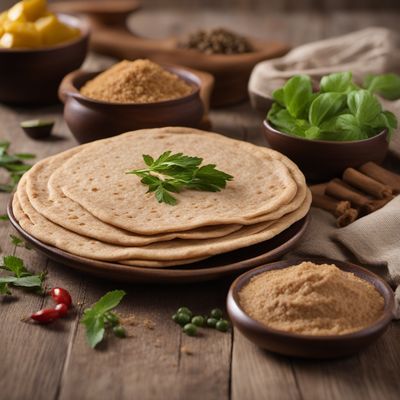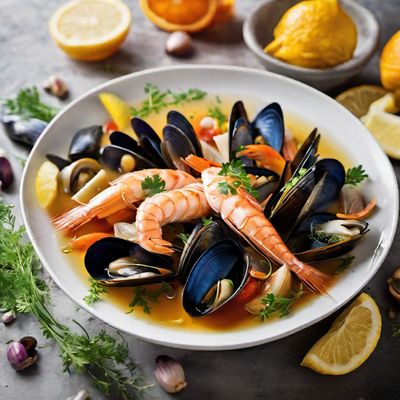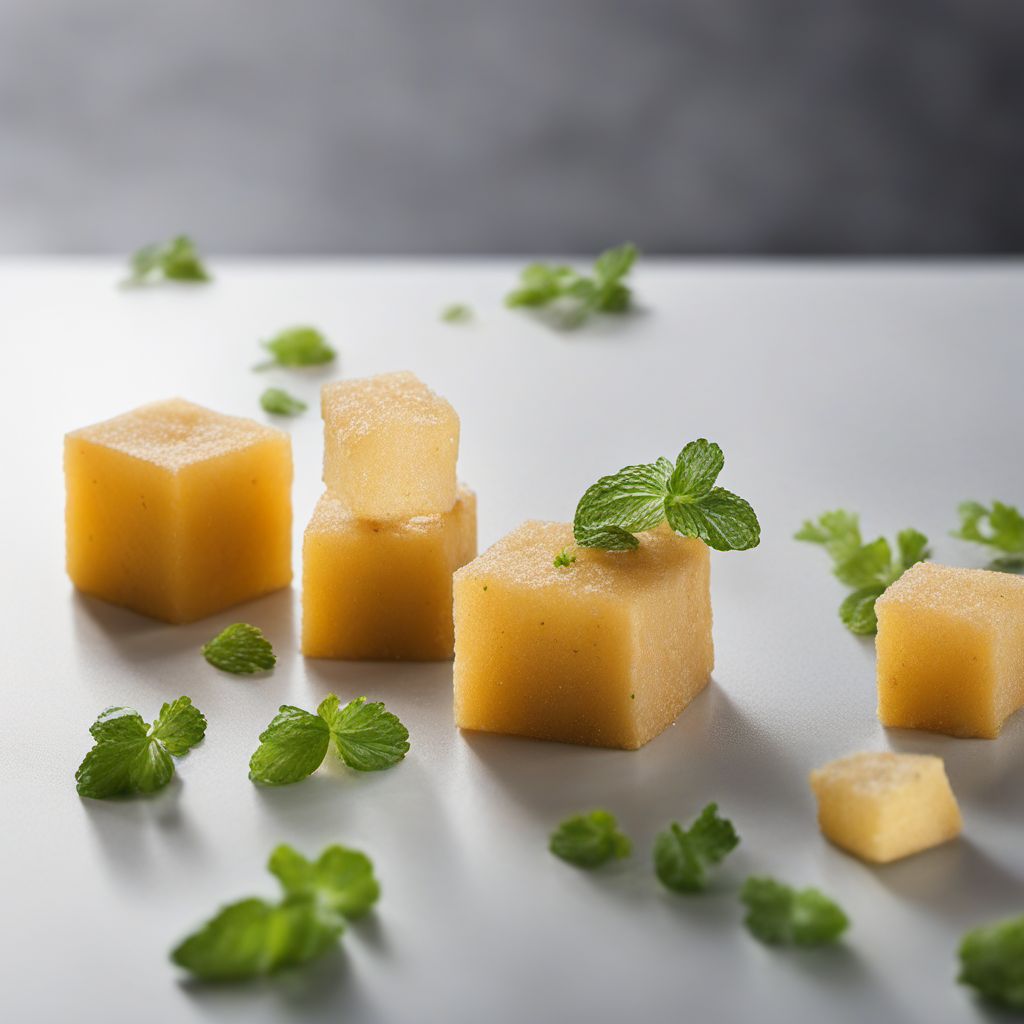
Recipe
Molecular Gastronomy Potato Cubes
Potato Cubes Transformed: A Molecular Gastronomy Delight
4.4 out of 5
In the realm of molecular gastronomy, we present a unique twist on the traditional Egyptian dish, Aqras batata mabshura. Using innovative techniques and ingredients, we have transformed this classic into a visually stunning and texturally delightful culinary experience.
Metadata
Preparation time
40 minutes
Cooking time
10 minutes
Total time
50 minutes
Yields
4 servings
Preparation difficulty
Medium
Suitable for
Vegetarian, Gluten-free, Nut-free, Soy-free, Dairy-free (if omitting Parmesan cheese)
Allergens
Dairy (Parmesan cheese)
Not suitable for
Vegan, Paleo, Keto, Low-carb, Halal (due to the use of alcohol-based ingredients in molecular gastronomy techniques)
Ingredients
In the original Aqras batata mabshura, the potatoes are typically boiled or fried until golden brown. However, in this molecular gastronomy adaptation, the potatoes are transformed into spherical cubes using techniques such as spherification or reverse spherification. The dish is also elevated with the addition of unique flavor combinations and a visually appealing presentation. We alse have the original recipe for Aqras batata mabshura, so you can check it out.
-
500g (1.1 lb) potatoes 500g (1.1 lb) potatoes
-
10g (0.35 oz) sodium alginate 10g (0.35 oz) sodium alginate
-
500ml (2 cups) water 500ml (2 cups) water
-
5g (0.18 oz) calcium lactate 5g (0.18 oz) calcium lactate
-
50g (1.76 oz) breadcrumbs 50g (1.76 oz) breadcrumbs
-
50g (1.76 oz) grated Parmesan cheese 50g (1.76 oz) grated Parmesan cheese
-
Salt, to taste Salt, to taste
-
Pepper, to taste Pepper, to taste
-
Vegetable oil, for frying Vegetable oil, for frying
-
Fresh herbs, for garnish Fresh herbs, for garnish
Nutrition
- Calories: 250 kcal / 1046 KJ
- Fat: 8g (4g saturated)
- Carbohydrates: 38g (2g sugars)
- Protein: 6g
- Fiber: 4g
- Salt: 1g
Preparation
-
1.Peel and dice the potatoes into small cubes.
-
2.In a large pot, bring water to a boil and cook the potatoes until tender. Drain and let cool.
-
3.In a blender, combine the cooked potatoes, sodium alginate, and water. Blend until smooth.
-
4.In a separate bowl, dissolve the calcium lactate in water.
-
5.Using a syringe or dropper, carefully drop small portions of the potato mixture into the calcium lactate solution. Allow the spheres to sit in the solution for 2-3 minutes.
-
6.Remove the spheres from the calcium lactate solution and rinse them gently with water.
-
7.In a shallow dish, mix the breadcrumbs, grated Parmesan cheese, salt, and pepper.
-
8.Roll each potato sphere in the breadcrumb mixture until fully coated.
-
9.Heat vegetable oil in a deep pan or fryer to 180°C (350°F).
-
10.Fry the coated potato spheres until golden brown and crispy. Remove and drain on a paper towel.
-
11.Serve the Molecular Gastronomy Potato Cubes garnished with fresh herbs.
Treat your ingredients with care...
- Potatoes — Choose starchy potatoes like Russet or Yukon Gold for a creamier texture.
- Sodium alginate — Ensure it is fully dissolved in the potato mixture to achieve the desired consistency.
- Calcium lactate — Use food-grade calcium lactate for safe consumption.
- Vegetable oil — Maintain a consistent frying temperature to achieve a crispy exterior.
Tips & Tricks
- Experiment with different herbs and spices to customize the flavor of the potato cubes.
- Serve the dish with a dipping sauce of your choice for added variety.
- For a more dramatic presentation, serve the potato cubes on a bed of edible soil made from crushed black olives and toasted breadcrumbs.
Serving advice
Serve the Molecular Gastronomy Potato Cubes as an appetizer or as part of a tasting menu. Arrange them on a sleek, modern plate to showcase their unique shape and texture.
Presentation advice
Create an artistic presentation by arranging the potato cubes in a geometric pattern. Drizzle the plate with the aromatic sauce in a decorative manner. Garnish with fresh herbs for a pop of color.
More recipes...
For Aqras batata mabshura
For Egyptian cuisine » Browse all
More Egyptian cuisine dishes » Browse all
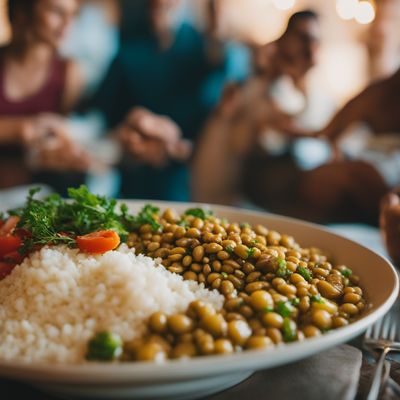
Matazeez
Matazeez is a traditional Egyptian dish that is perfect for a hearty meal. This dish is made with fava beans, garlic, and other ingredients that...
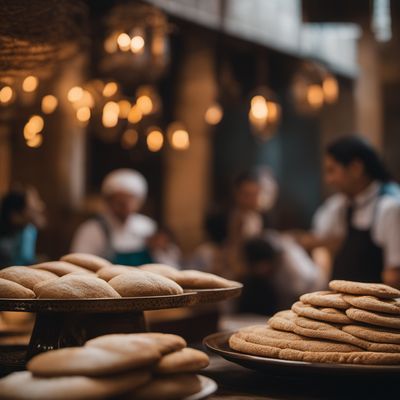
Aish baladi
Aish baladi is a traditional Egyptian bread that is made from whole wheat flour. It is a staple food in Egypt and is often served with a variety...
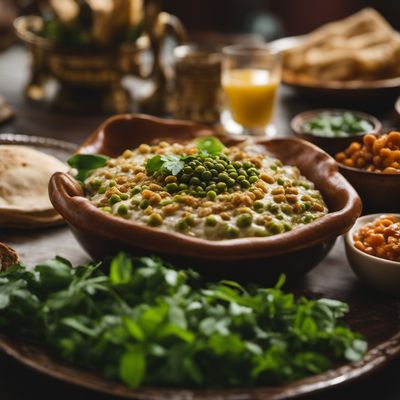
Shahan ful
Shahan ful is a traditional Egyptian breakfast dish made from fava beans. It is typically served with pita bread, tahini sauce, and fresh vegetables.
